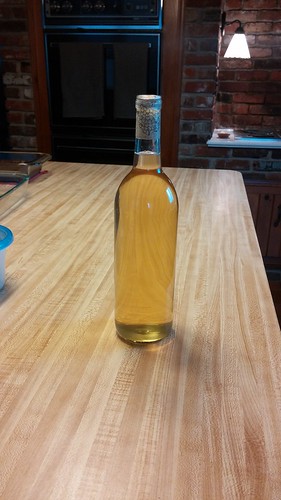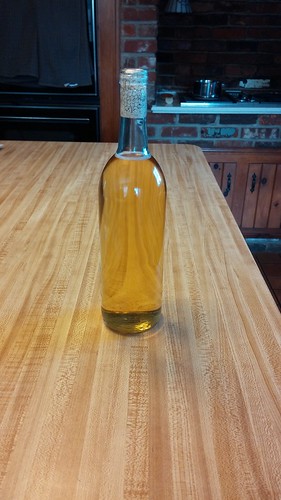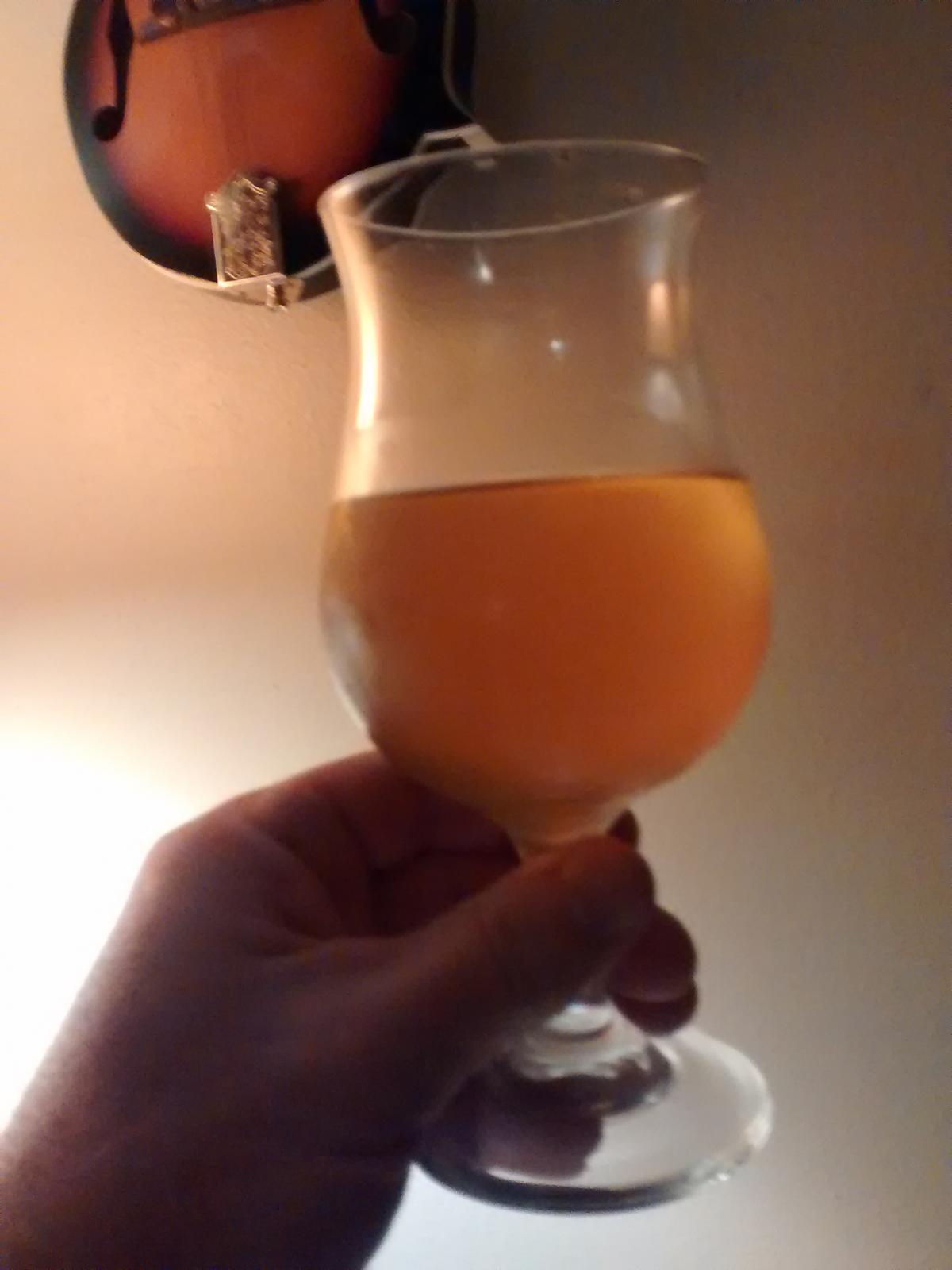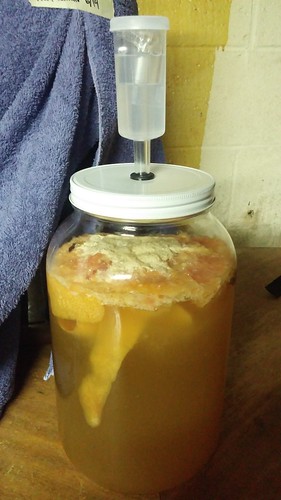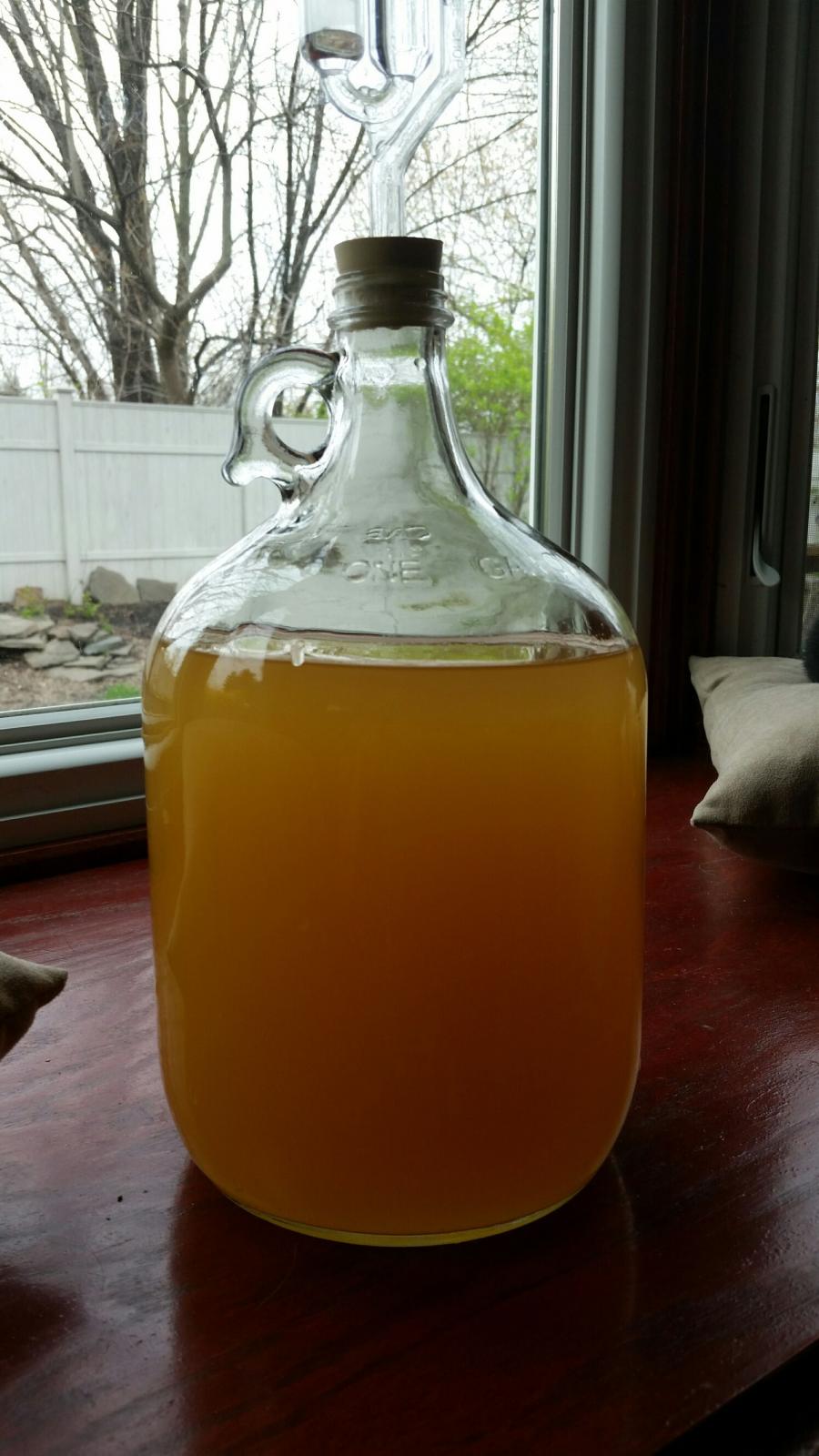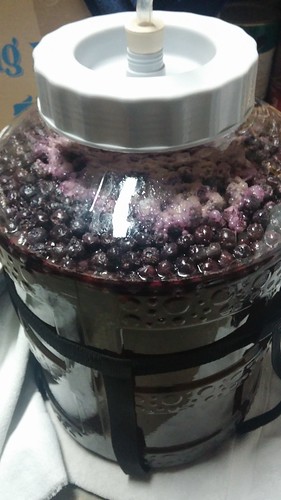- Joined
- Jul 21, 2013
- Messages
- 1,317
- Reaction score
- 305
My JOAM has been crystal clear for several weeks now and some of the raisins have dropped, but none of the oranges. Having never done a mead before and not wanting to rush things, should I still wait to bottle? Should I rack into a secondary before bottling?
Eh...well this is one part of the instructions I take liberty with only because I am short of vessels this size. I rack out of my 1.25gal plastic bottles, when clear but oranges still floating, and into 1gal glass. Then that bulk ages for a long while still.
Overall the point to me is the length of aging before bottling. You can easily just leave it in secondary for many months more, I have. But bottling too early could leave it without a bit of the mellowness that comes from bulk aging. (<----complete supposition that is not supported by any testing.)


